
Sigiriya Rock Fortress
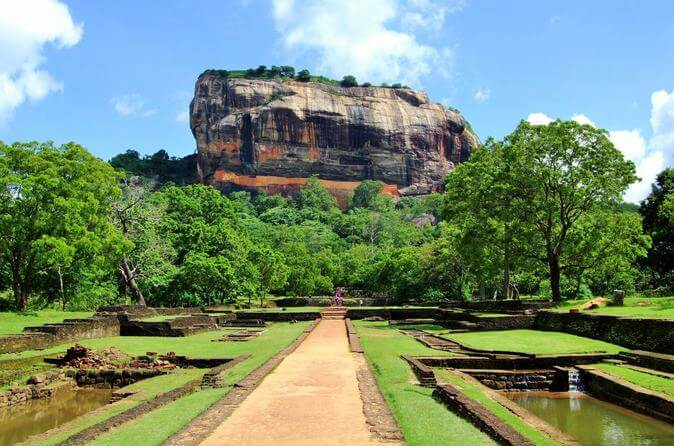
Sigiriya Rock is an ancient rock fortress located in the central Matale District near the town of Dambulla in the Central Province, Sri Lanka. The name refers to a site of historical and archaeological significance that is dominated by a massive column of rock nearly 200 metres (660 ft) high. According to the ancient Sri Lankan chronicle the Culavamsa, this site was selected by King Kasyapa (477 – 495 CE) for his new capital. He built his palace on the top of this rock and decorated its sides with colourful frescoes. On a small plateau about halfway up the side of this rock he built a gateway in the form of an enormous lion. The name of this place is derived from this structure —Sihagiri, the Lion Rock. The capital and the royal palace was abandoned after the king's death. It was used as a Buddhist monastery until the 14th century.
Anuradhapura
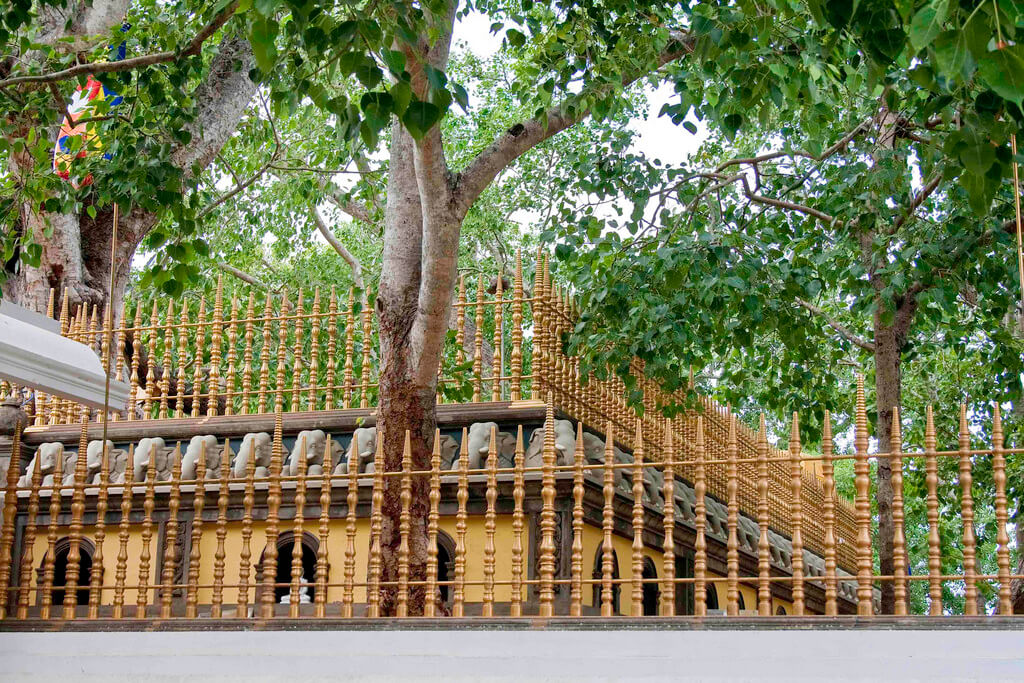
Jaya Sri Maha Bodhi is a Sacred Fig tree in the Mahamewna Gardens, Anuradhapura, Sri Lanka. It is said to be the right-wing branch (southern branch) from the historical Sri Maha Bodhi at Buddha Gaya in India under which Lord Buddha attained Enlightenment. It was planted in 249 BC, and is the oldest living human-planted tree in the world with a known planting date. Today it is one of the most sacred relics of the Buddhists in Sri Lanka and respected by Buddhists all over the world. The other fig trees that surround the sacred tree protect it from storms and animals such as monkeys, bats, etc.In April 2014, the government banned all construction within 500 meters of the tree. Only construction that obviously will not harm the tree will be allowed.
Polonnaruwa
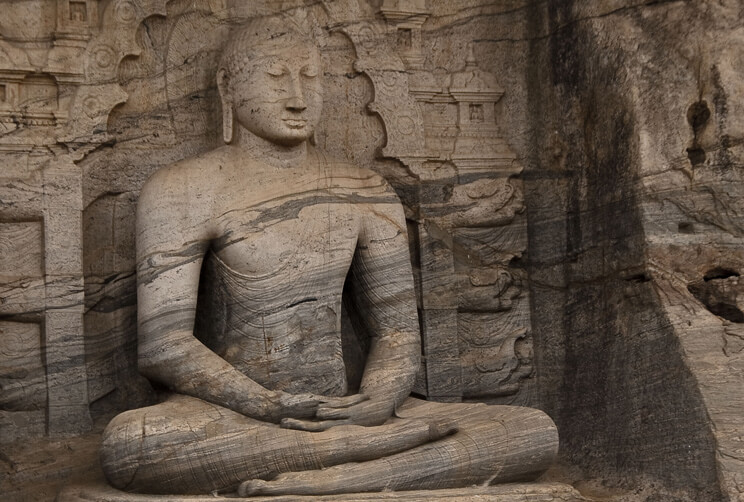
The Gal Vihara, also known as Gal Viharaya and originally as the Uttararama, is a rock temple of the Buddha situated in the ancient city of Polonnaruwa in North Central Province, Sri Lanka. It was fashioned in the 12th century by Parakramabahu I. The central feature of the temple is four rock relief statues of the Buddha, which have been carved into the face of a large granite rock. The images consist of a large seated figure, another smaller seated figure inside an artificial cavern, a standing figure and a reclining figure. These are considered to be some of the best examples of ancient Sinhalese sculpting and carving arts, and have made the Gal Vihara the most visited monument at Polonnaruwa.
Minneriya National Park
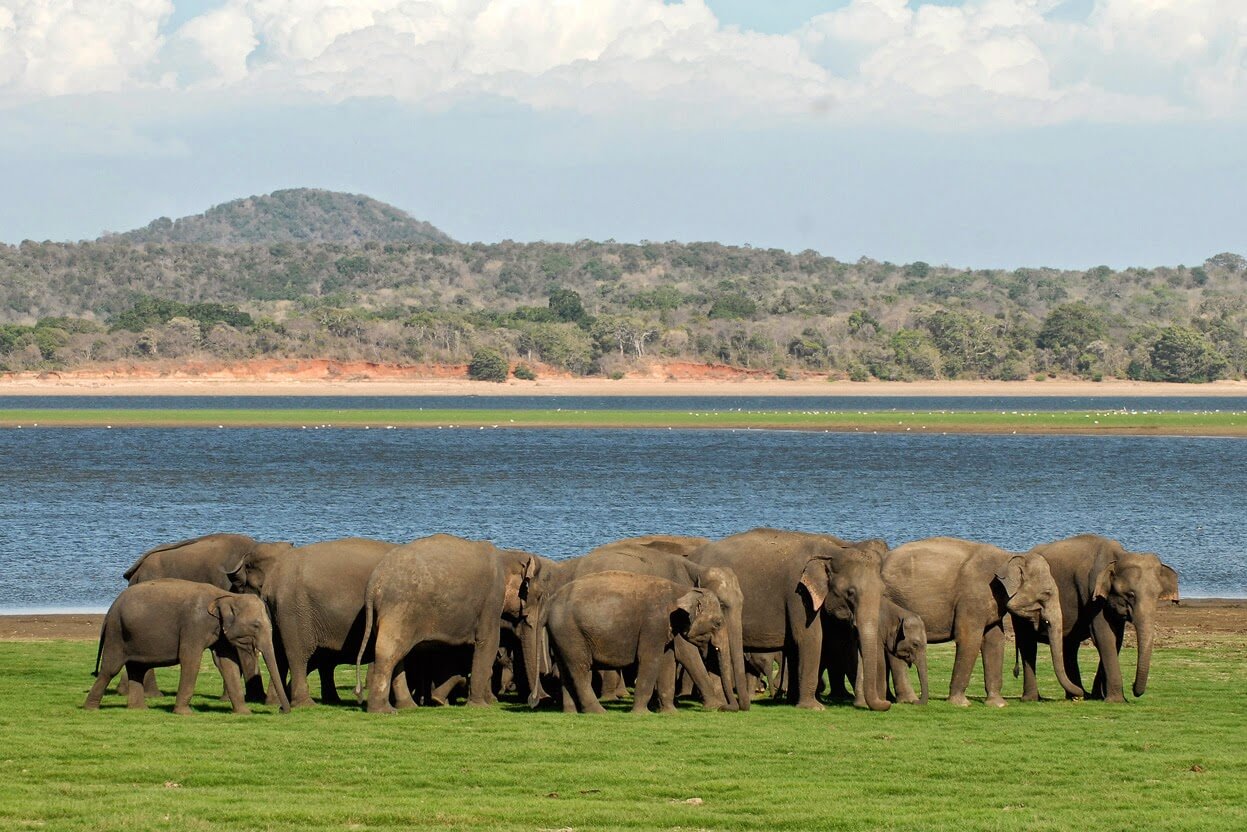
Minneriya National Park is a national park in North Central Province of Sri Lanka. The area was designated as a national park on 12 August 1997, having been originally declared as a wildlife sanctuary in 1938.The reason for declaring the area as protected is to protect the catchment of Minneriya tank and the wildlife of the surrounding area. The tank is of historical importance, having been built by King Mahasen in third century AD. The park is a dry season feeding ground for the elephant population dwelling in forests of Matale, Polonnaruwa, and Trincomalee districts. The park earned revenue of Rs. 10.7 millions in the six months ending in August 2009. Along with Kaudulla and Girithale, Minneriya forms one of the 70 Important Bird Areas (IBAs) of Sri Lanka.The park is situated 182 kilometres (113 mi) from Colombo.
Pigeon Island National Park
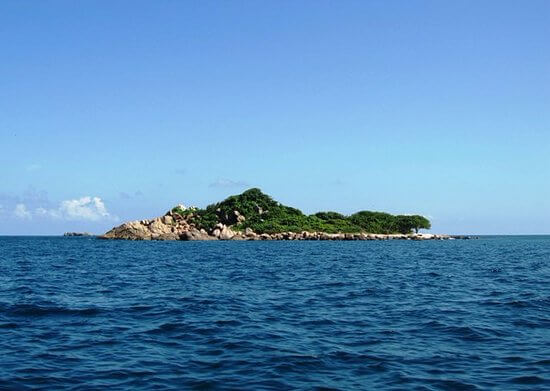
Pigeon Island National Park is one of the two marine national parks of Sri Lanka. The national park is situated 1 km off the coast of Nilaveli, a coastal town in Eastern Province, encompassing a total area of 471.429 hectares. The island's name derives from the rock pigeon which has colonized it. The national park contains some of the best remaining coral reefs of Sri Lanka.Pigeon Island was designated as a sanctuary in 1963. In 2003 it was redesignated as a national park. This national park is the 17th in Sri Lanka. The island was used as a shooting range during the colonial era.Pigeon Island is one of the several protected areas affected by the Indian Ocean tsunami in 2004.
Pidurangala
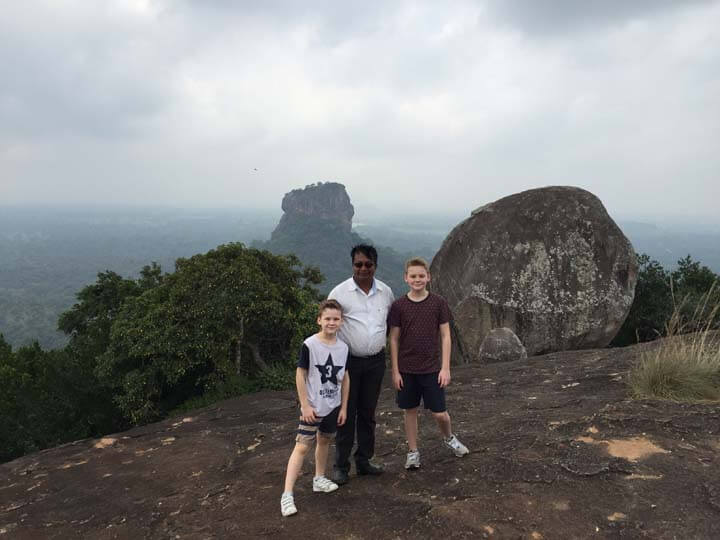
Pidurangala is a massive rock formation located a few kilometers north of Sigiriya in Sri Lanka. It has an interesting history closely related to that of the Sigiriya Rock Fortress. Being less grand and far more difficult to climb it is often overlooked by tourists. Like Sigiriya, Pidurangala was formed by volcanic activity. Whilst Pidurangala appears larger than Sigiriya; its upper surface is steeply sloped and is of solid rock. For this reason it was not suitable for large-scale building activity. The rocky outcrops that surround the central rock gives one an indication of what the area around Sigiriya may have looked like prior to its clearing and preparation as a royal citadel.
Dambulla Cave Temple
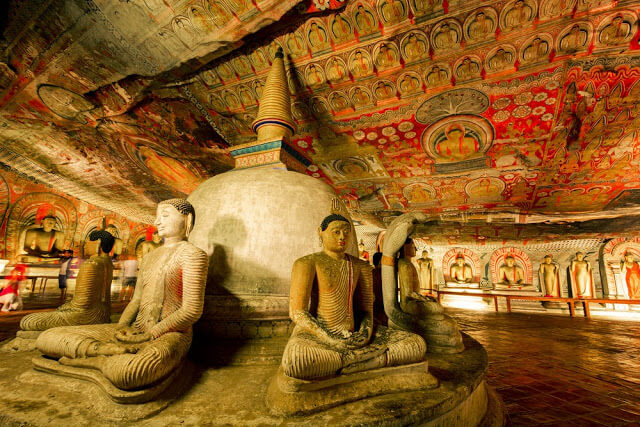
It is the largest and best preserved cave temple complex in Sri Lanka. The rock towers 160 m (520 ft) over the surrounding plains.There are more than 80 documented caves in the surrounding. Major attractions are spread over 5 caves, which contain statues and paintings. This paintings and statues are related to Lord Buddha and his life. There are a total of 153 Buddha statues, 3 statues of Sri Lankan kings and 4 statues of god and goddess. The latter 4 include two statues of Hindu gods, Vishnu and Ganesh. The murals cover an area of 2,100 m². Depictions in the walls of the caves include Buddha's temptation by demon Mara and Buddha's first sermon.
Peradeniya Botanical Garden
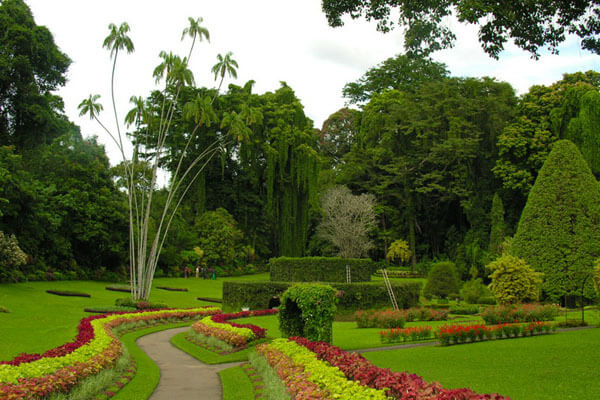
Royal Botanical Garden, Peradeniya is about 5.5 km to the west from the city of Kandy in the Central Province of Sri Lanka. It attracts 2 million visitors annually.It is near the Mahaweli River (the longest in Sri Lanka).It is renowned for its collection of orchids. The garden includes more than 4000 species of plants, including orchids, spices, medicinal plants and palm trees.Attached to it is the National Herbarium of Sri Lanka. The total area of the botanical garden is 147 acres (0.59 km2), at 460 meters above sea level, and with a 200-day annual rainfall. It is managed by the Division of National Botanic Gardens of the Department of Agriculture.
Kandy Tooth Relic
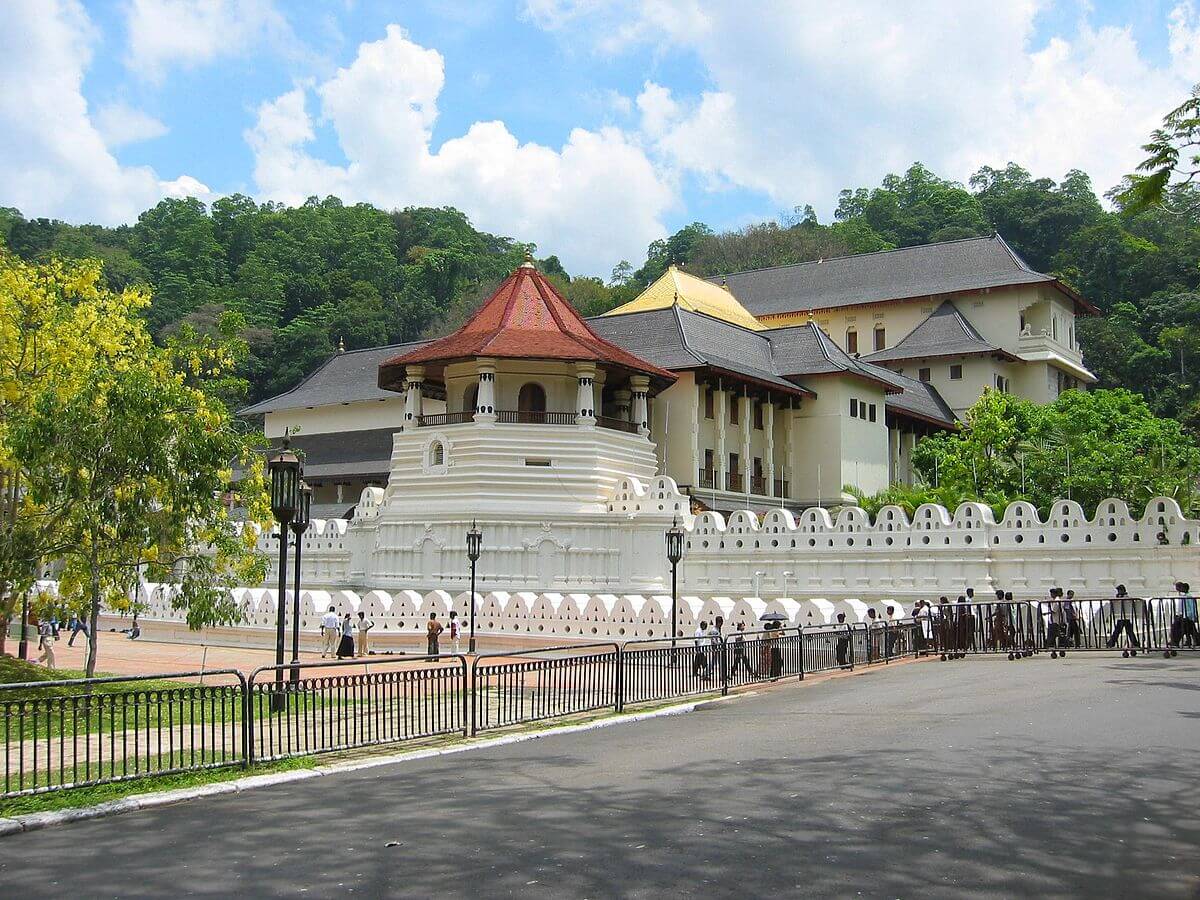
Sri Dalada Maligawa or the Temple of the Sacred Tooth Relic is a Buddhist temple in the city of Kandy, Sri Lanka. It is located in the royal palace complex of the former Kingdom of Kandy, which houses the relic of the tooth of the Buddha. Since ancient times, the relic has played an important role in local politics because it is believed that whoever holds the relic holds the governance of the country. Kandy was the last capital of the Sri Lankan kings and is a World Heritage Site mainly due to the temple.
Horton Plains
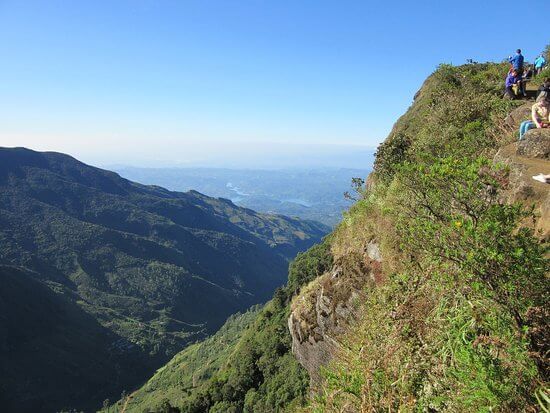
The Horton Plains National Park at Ohiya is a beautiful highland plateau situated at an elevation of 2100 -2300m (6,900-7,500ft) above sea level. Sri Lanka’s Highlands along with Horton Plains National Park, the Peak Wilderness Protected Area and the Knuckles Conservation Forest was declared a World Heritage site in 2006.It is accessible via Ginigathena (185.4 km) or via the A5 Road (228.5 km) which connects Peradeniya with Chenkalady in the east via Gampola & Nuuwara Eliya.
Yala National Park
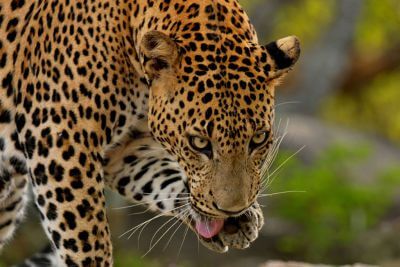
Galle Dutch Fort
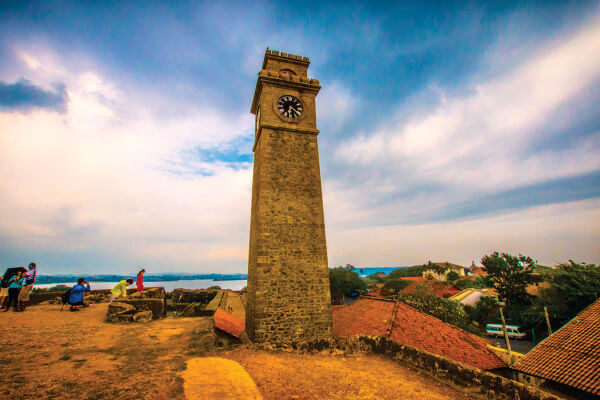
Madu River
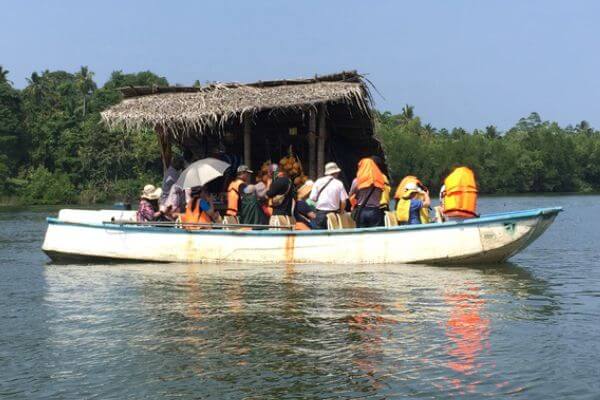
Sea Trutle Hatchery
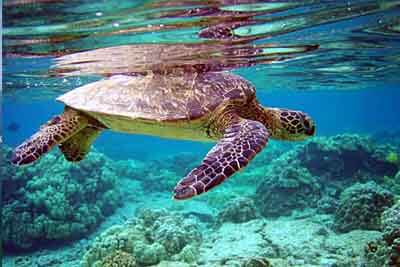
Train to Ella
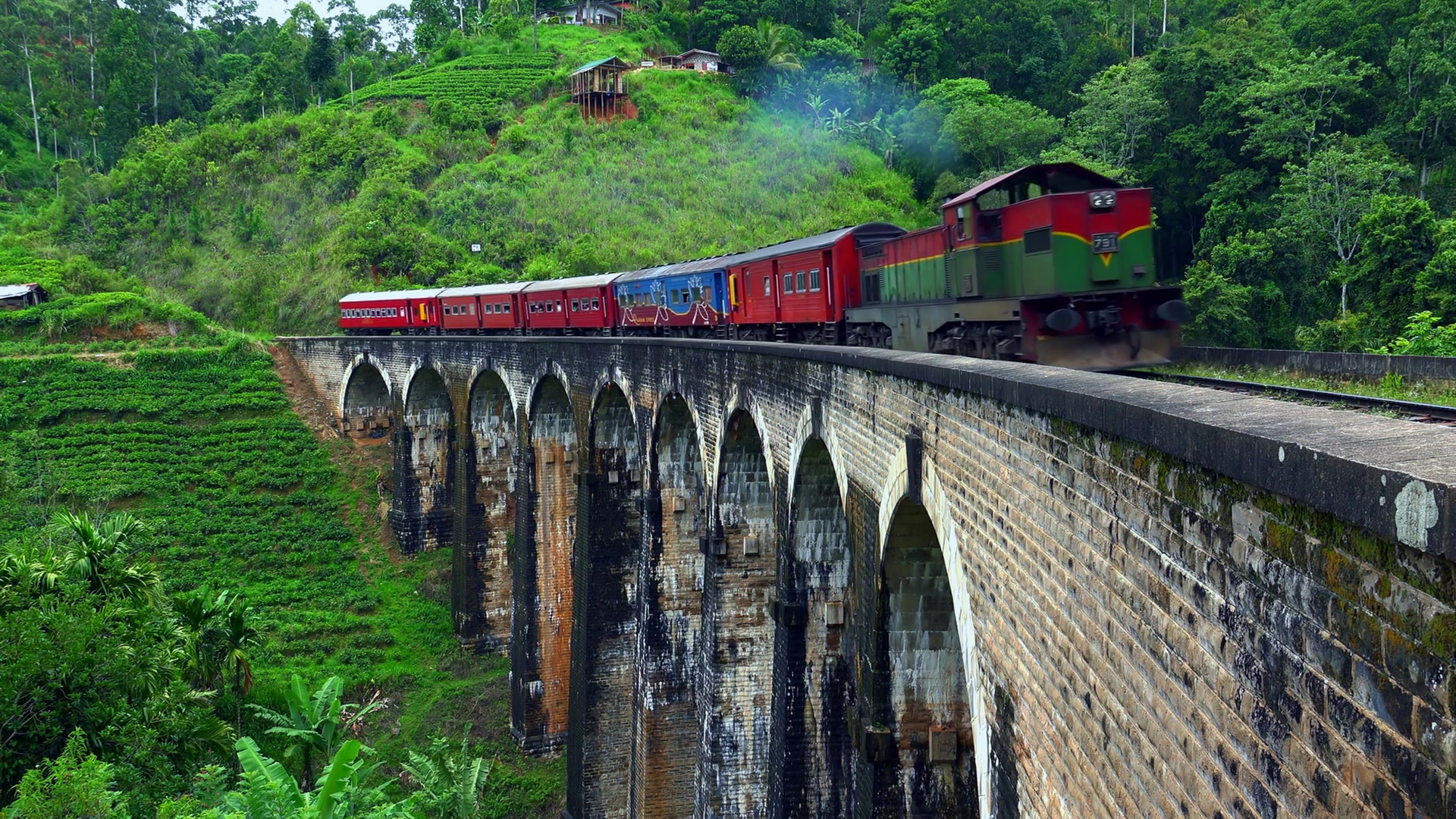
Isurumuniya
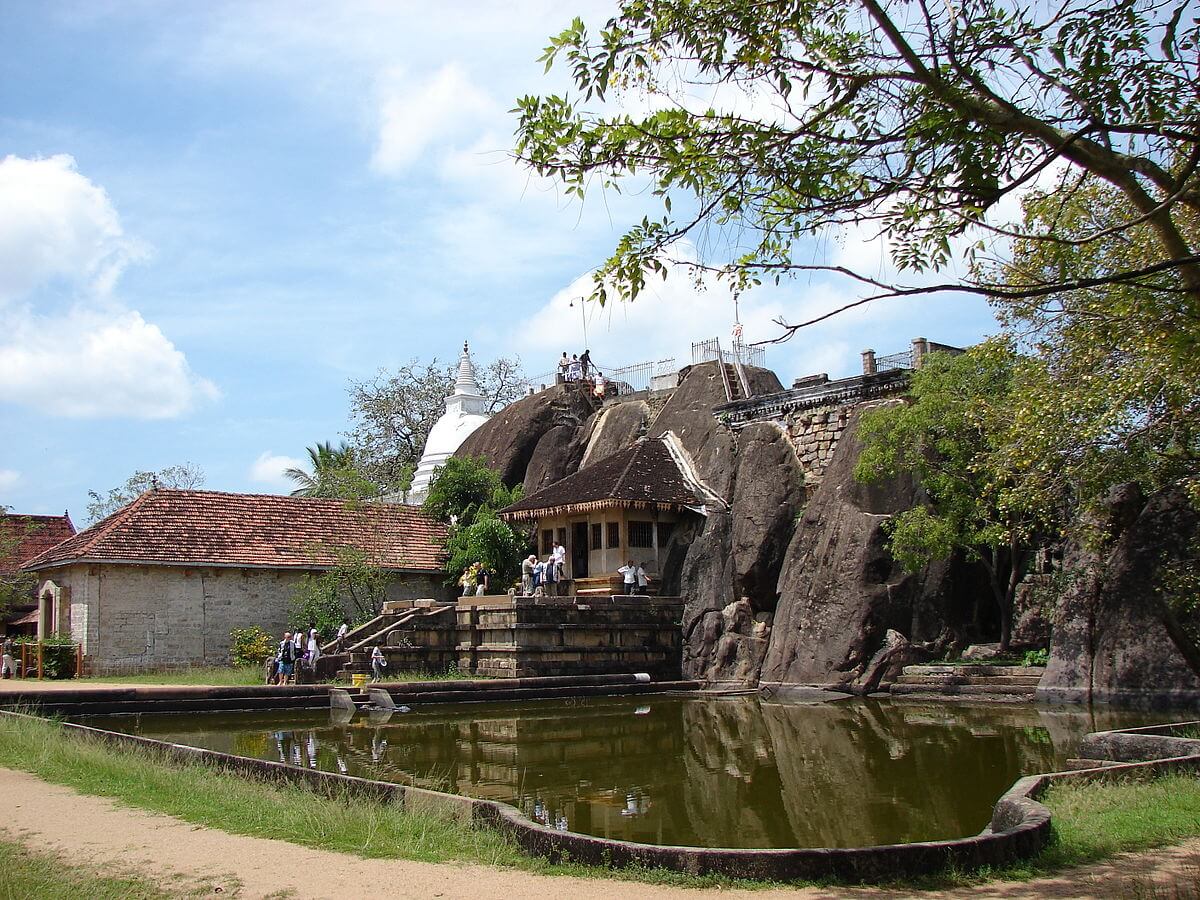
Koneshwaram Hindu Temple
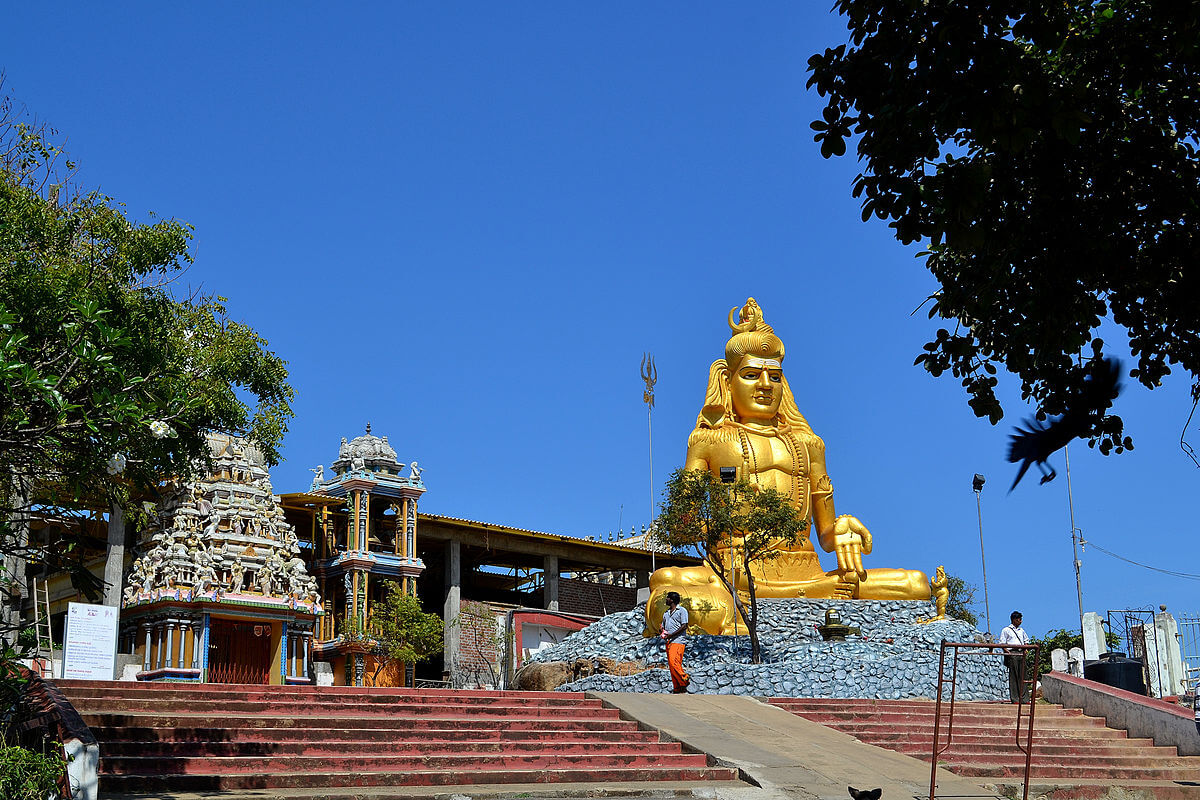
Gadaladeniya Temple
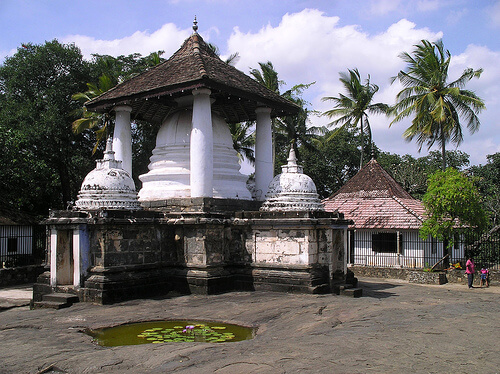
Mihintale

Ritigala
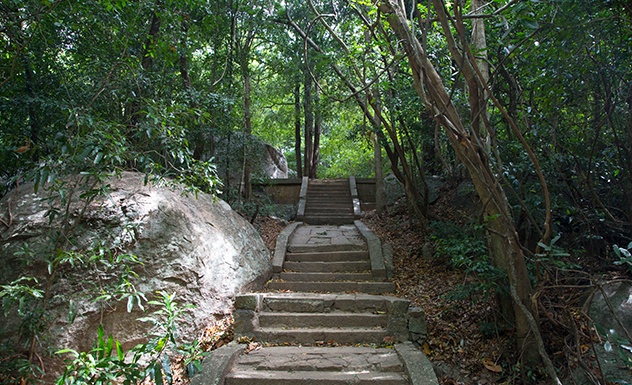
Mirissa
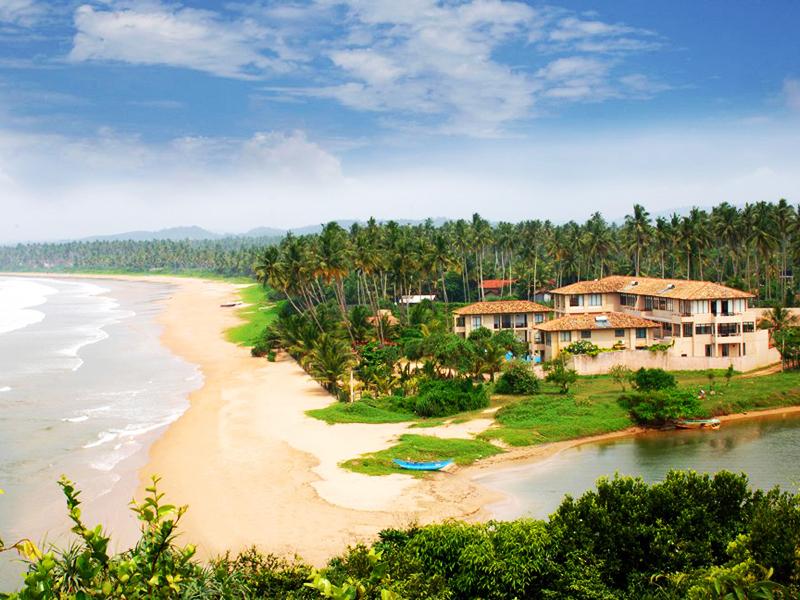
Ramboda Water Falls
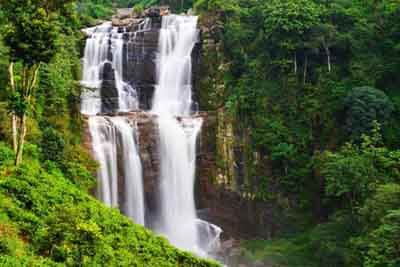
Nuwara Eliya City
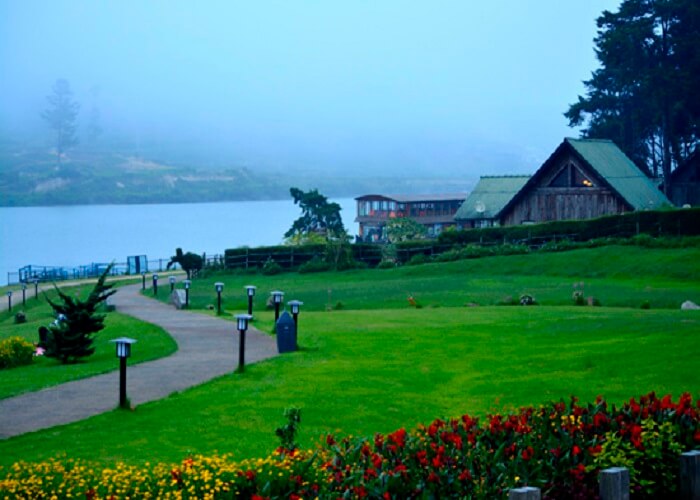
Nine Arch Bridge
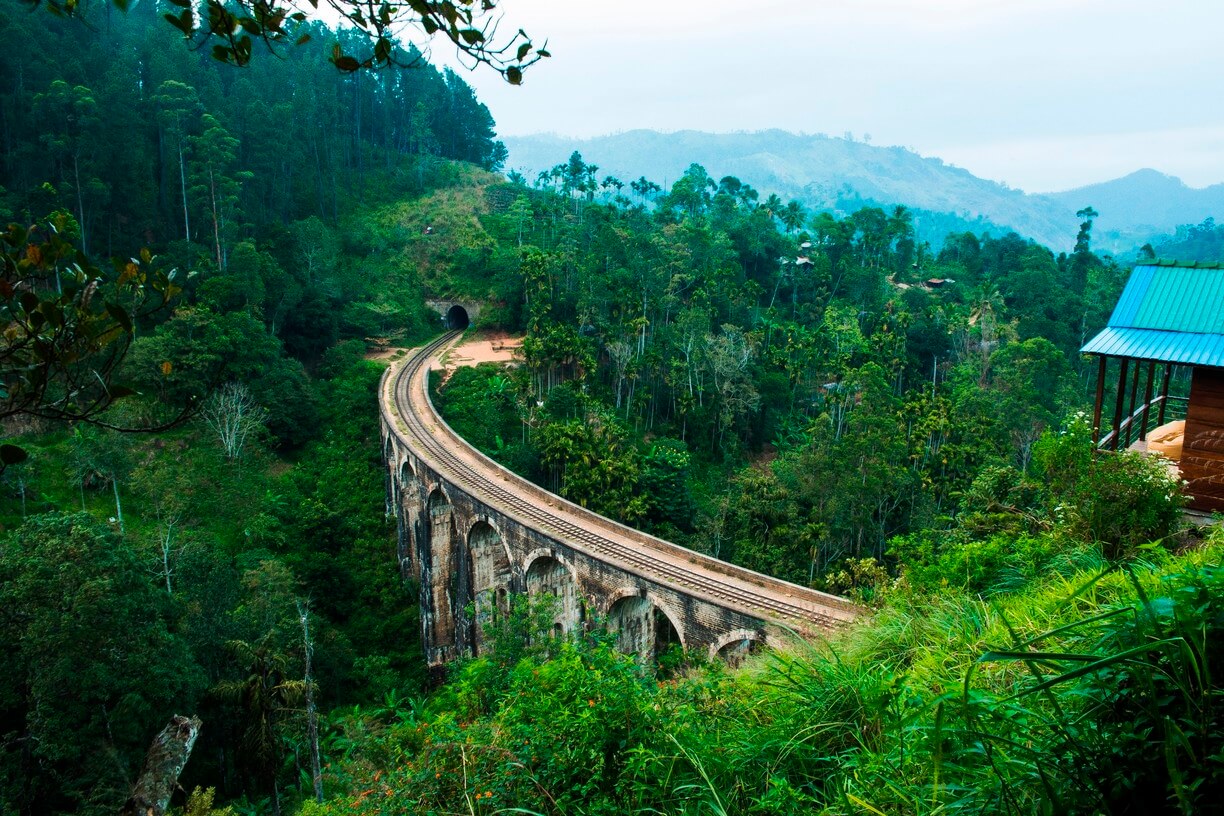
Weligama Beach
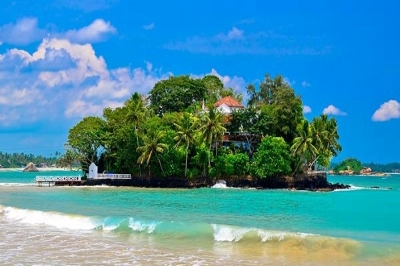
Panama Beach
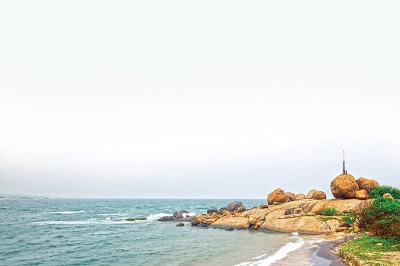
Okanda Point
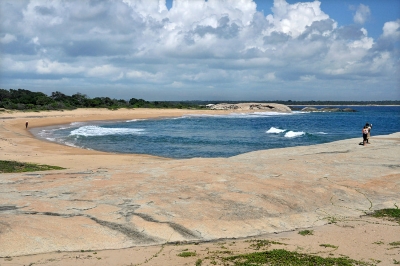
Kaudulla National Park
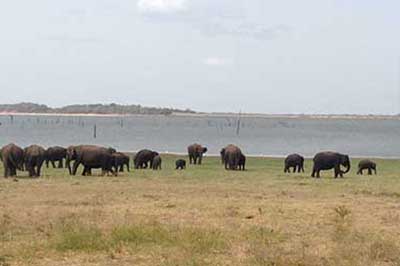
Kithulgala water Rafting
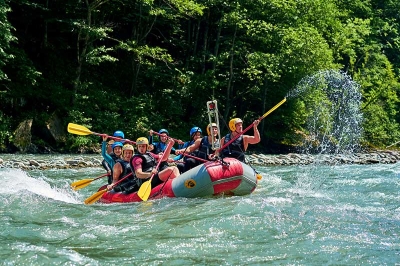
Contact Us
No.656,Airport Road,
Anuradhapura.
Phone: +94 761917039
Whatsapp : +94761917039
Email: emiljayasekara5@gmail.com

